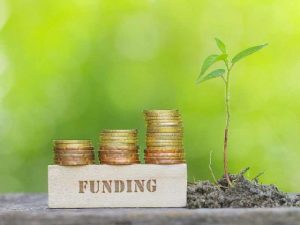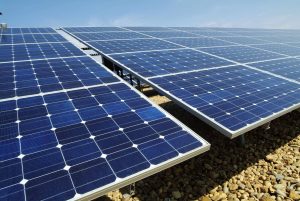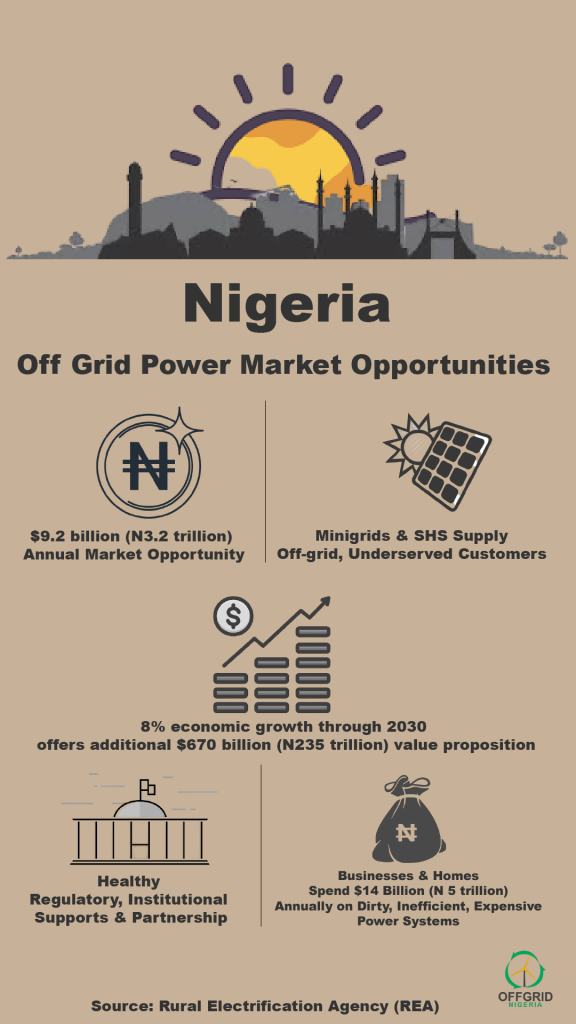Developing nations of the world including Nigeria will require between $280 and $500 billion to finance climate change adaptation investments in their jurisdictions, a new policy brief by the International Monetary Fund (IMF) has disclosed.
The brief – ‘fiscal policies for implementing Paris climate strategies’, was recently released by the IMF. It contained amongst others, key recommendations to countries on how to get along with meeting their commitments to reducing greenhouse gas (GHG) emission as agreed in the Paris pact.
Specifically describing the process of adapting to climate change as being costly, the IMF explained that these countries will in the immediate have to spend between $140-300 billion in 2030 and then $280-500 billion by 2050, to stand against climate change impacts on their lives and economies.
It noted that climate change adaptation requires action across a wide range of areas, adding that the Paris pact focuses on enhancing adaptive capacity, strengthening resilience, and reducing vulnerability to climate change with a view to contributing to sustainable development and ensuring an adequate adaptation response.
According to the IMF, to achieve these requires building systems and processes, enhancing analysis, monitoring and evaluation systems, in addition to policy actions countering climate change impacts.
“These actions will vary in content and priority across countries, but might include: improving the efficiency of energy and water usage; strengthening regulations (e.g., building codes); upgrading flood defenses; climate-proofing public infrastructure; strengthening health and social protection systems; and developing drought-tolerant crops,” said the IMF in the brief.
“Adapting to climate change can be costly, particularly in small islands and low-income countries,” it warned, adding: “Annual financing needs for adaptation investments in developing countries have been put at US$140-300 billion in 2030 and US$280-500 billion by 2050, compared with international adaptation finance in 2014 of around US$23 billion.”
It noted that for small island states, adapting to climate change and natural disasters, for example, in Fiji is estimated to require physical investments of around 100 per cent of its Gross Domestic Product (GDP) over the next 10 years. The IMF stated that this implies almost doubling currently budgeted plans of the country.
“Initial Climate Change Policy Assessments (CCPAs) undertaken by the Fund and World Bank, suggest that annual public investment needs to meet adaptation strategy requirements are around 2-3 per cent of GDP.
“Additional pressures will also arise on social spending (e.g., health care, and social safety nets). This will be challenging in countries with constrained fiscal space but finding space for small cost-effective investments can still enhance resilience,” it added.
On what could be done, the IMF said financing for resilience-building should be fully integrated into fiscal policy frameworks, while the framework should be consistent with fiscal and debt sustainability.
It also stated that allowing room for investment in physical resilience and building fiscal buffers—including through reducing debt and building savings funds to respond to shocks, especially from natural disasters, could be adopted by countries.
Further steps required
Beyond the investments needed to fight off climate change, the IMF listed a suite of industry-based actions that could be taken in this regards.
It stated for instance that carbon emissions from cement production could be reduced by up to 70 per cent below Business as Usual (BAU) levels in 2050 by introducing $65 per tonne carbon tax.
For fluorinated gases, it noted that it accounted for 17 per cent of projected BAU non-carbon GHGs in 2030, and that some countries have implemented taxes on hydrofluorocarbons (HFCs) with rates equivalent to around $5 per 40 per tonne of carbon equivalent.
Nitric and adipic acid, it noted generate nitrous oxides which account for one per cent of projected BAU non-carbon GHGs in 2030, and with abatement possibilities which include thermal destruction and catalytic decomposition applied to the tail gas streams, emissions could be reduced by an estimated 79 per cent in 2030 with a $50 carbon equivalent price.
Turning to fuel extraction, the IMF brief noted that upstream GHG emissions from oil and gas extractive operations happen in the forms of flaring natural gas primarily from oil reservoirs or fugitive emissions which are unintentional methane leaks primarily from natural gas wells, processors, pipes, and storage sites.
It added that estimates from satellite images suggest flaring from oil and gas wells contributes about 0.5 per cent to global GHGs, with the largest sources including Russia (25 per cent), Nigeria (11 per cent), Iran (8 per cent), and Iraq (7 per cent).
“Possibilities for mitigating emissions include reinjecting gas (after compressing it) for enhanced oil recovery or storage (though the feasibility of this varies with the sedimentary rock); using methane for on-site or regional power generation; and compressing the gas, or liquefying it, for sale – globally these measures could reduce BAU emissions from field operations in 2030 under a US$100 CO2 price by an estimated 60 per cent,” said the IMF.
It further said: “If fugitive and venting emissions could be monitored on a continuous basis, an emissions tax would be the ideal instrument – monitoring technologies are advancing though currently provide only discrete measurements at a limited number of sites.
“One possibility for the interim might be to tax fuel suppliers based on a default leakage rate but allow rebates to firms that are able to demonstrate lower leakage/venting rates through mitigation and installing their own continuous emission monitoring systems.”
Underground coal mining operations, it noted accounts for a projected 6 per cent of global BAU non-carbon GHGs in 2030, and said this could be reduce by 60 per cent in 2030 under a $100 carbon price.
For landfills and wastewater, it explained that they produce methane through the bacterial decomposition of organic waste and this accounts for 7 per cent of projected BAU non-carbon GHGs in 2030.
“Abatement measures include capturing the methane for flaring, for use in energy, and diverting waste for recycling and re-use – and emissions could be reduced by an estimated 60 per cent in 2030 with a $100 carbon equivalent price
“Given that landfills are predominantly managed by the public sector, and the limited range of mitigation responses, a regulatory approach may be more suitable than emissions taxation,” it added.
For agriculture, the IMF said cow and sheep operations generate methane emissions as a by-product of digestive processes in animals and nitrous oxide emissions result from nitrification and denitrification of manure account for 20 per cent of BAU non-carbon GHGs in 2030.
According to it, “options for reducing methane emissions include, for example, improved feed conversion efficiency, antibiotics, vaccines, changing diet, and intensive pasture management, while nitrogen oxide emissions might be reduced through small digesters and covered lagoons – emissions could be reduced by an estimated 10 per cent in 2030 with a $30 carbon equivalent price though there is limited scope for further abatement opportunities.
How IMF could help
Indicating that climate change is potentially macro-critical, the IMF said it has a role to play in fashioning out mitigation measures, adding that it could provide analysis of, and guidance on energy pricing and macro-fiscal policies consistent with countries’ climate strategies submitted for the Paris Agreement.
According to it, it is could do these because it is, “unique among UN agencies: given its focus on macro and fiscal policies, universal membership, and regular interactions with finance ministries; adds value at the country level in delivering macro projections and their emissions implications; evaluating the fiscal, domestic environmental, and economic impacts of mitigation policies; and assessing broader energy price reform.”
It also stated that it could analyze progress on Nationally Determined Commitments (NDCs) of countries through consistent, cross-country comparisons of mitigation pledges; likely progress under existing policy commitments; and tracking of effective carbon prices.
Additionally, the IMF said it can provide advice on macroeconomic and financial policy consistent with climate considerations, such as developing policy frameworks to mobilize needed climate investments and in assessing risks to the financial system.





